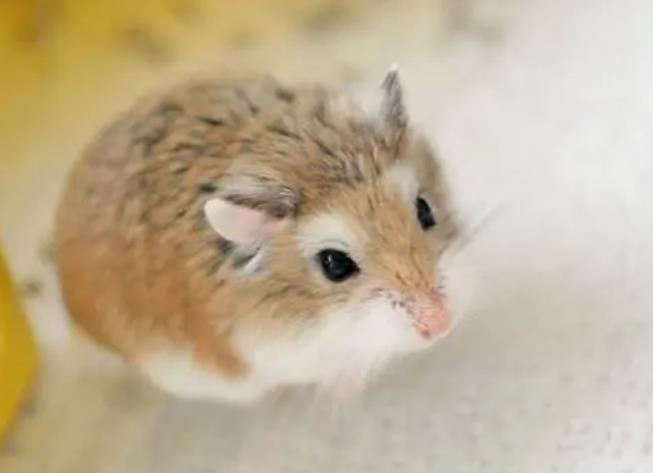In the busy urban life, more and more people choose the small and lovely hamster as a pet companion. They not only have an adorable appearance and a docile temperament, but also can give their owners unlimited joy and companionship in their busy spare time. However, in order to let hamsters grow up healthily and happily, the correct breeding method is extremely important. Below, we will discuss in detail the breeding methods of hamsters, covering multiple aspects such as environmental layout, diet management, daily care, and behavior training.

I. Environmental layout: Create a warm little nest
1. Choose a suitable cage
Hamsters need a spacious, ventilated and safe living environment. The cage size should be at least three times its body length, and the height should also be sufficient so that they can stand, jump and play. It is recommended to use a cage made of metal mesh or strong plastic. Avoid using wooden cages to prevent hamsters from gnawing and escaping.
2. Layered design to increase fun
Set up multiple levels in the cage, such as stairs, platforms and huts, which can enrich the activity space of hamsters and meet their innate curiosity and desire to explore. The hut is a good place for hamsters to rest and hide. Choose a style that is moderate in size and easy to clean.
3. Keep clean and ventilated
Regularly clean the cage and change the bedding to keep the environment dry and odorless. Use paper bedding with good water absorption and set up a special corner as the toilet area. Spread cat litter or special hamster sand to guide hamsters to defecate at fixed points. At the same time, make sure that the cage is placed in a well-ventilated place away from direct sunlight.
II. Diet management: Balanced nutrition for healthy growth
1. Staple food selection
The staple food of hamsters should be professional hamster food. These foods are scientifically proportioned and can meet the basic nutritional needs of hamsters. Avoid feeding human food, especially snacks high in sugar, salt and fat, so as not to have an adverse impact on the health of hamsters.
2. Vegetable and fruit supplements
Add fresh vegetables and fruits in moderation as supplementary food, which can provide the vitamins and cellulose needed by hamsters. But it should be noted that vegetables and fruits should be washed and drained, cut into small pieces, and should not be excessive daily to avoid diarrhea. Common suitable vegetables and fruits include apples (pitted), carrots, broccoli, etc.
3. Clean drinking water
Keep the water source in the water bottle clean and fresh, check and change it every day. Use a water dispenser designed specifically for hamsters and avoid using containers with large openings to prevent hamsters from drowning or getting their fur wet.
III. Daily care: Meticulous care and full of love
1. Regular inspections
Regularly check the physical condition of hamsters, including skin, fur, eyes, ears, teeth and claws. Pay attention to observing whether there are abnormal secretions, redness, swelling, hair loss or trauma. Once found, seek medical attention immediately.
2. Fur care
The fur of hamsters is soft and easy to knot. You can use a soft brush to gently comb it regularly to remove dead hair and dander and promote blood circulation. Avoid using washing and care products with irritating ingredients to avoid damaging the skin and fur of hamsters.
3. Nail trimming
The nails of hamsters grow rapidly. If they are too long, they may bend and embed in the flesh, causing pain and infection. Therefore, it is necessary to trim the nails of hamsters regularly, but pay attention to being gentle and avoid cutting the blood line.
IV. Behavior training: Enhance interaction and build trust
1. Gentle interaction
Hamsters are timid and sensitive animals. When first contacting them, you should be gentle and patient. Gently stroke the back or side abdomen of the hamster with your hand, and avoid directly touching sensitive areas such as its head and abdomen. After gradually building trust, you can try to let the hamster play or be fed on your hand.
2. Adaptability training
In order to let hamsters better adapt to the human environment, some simple adaptability trainings can be carried out. For example, put the hamster in a quiet room and let it freely explore the surrounding environment; or use a specific sound or gesture as a summoning signal to train the responsiveness of hamsters.
3. Respect individuality
Each hamster has its own unique personality and behavior habits. In the breeding process, we should respect their individual differences and avoid forcing them to do things they don't like. By observing the behavior and reactions of hamsters, understand their needs and preferences and provide them with more personalized care.
